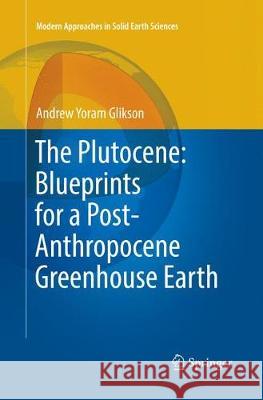The Plutocene: Blueprints for a Post-Anthropocene Greenhouse Earth » książka
topmenu
The Plutocene: Blueprints for a Post-Anthropocene Greenhouse Earth
ISBN-13: 9783319861104 / Angielski / Miękka / 2018 / 154 str.
Kategorie:
Kategorie BISAC:
Wydawca:
Springer
Seria wydawnicza:
Język:
Angielski
ISBN-13:
9783319861104
Rok wydania:
2018
Wydanie:
Softcover Repri
Ilość stron:
154
Oprawa:
Miękka
Wolumenów:
01











